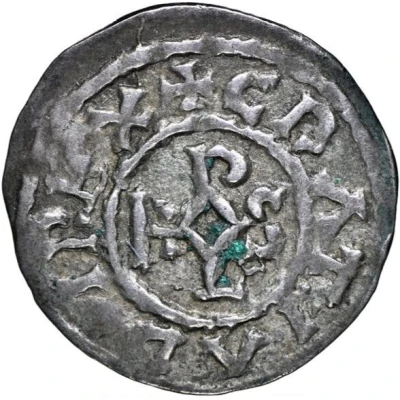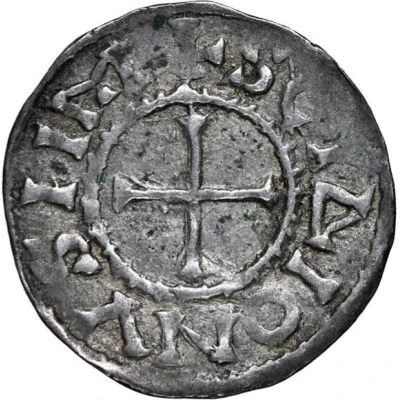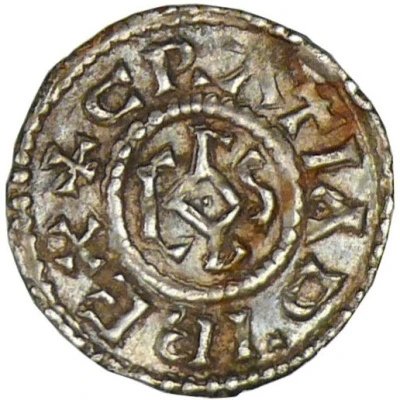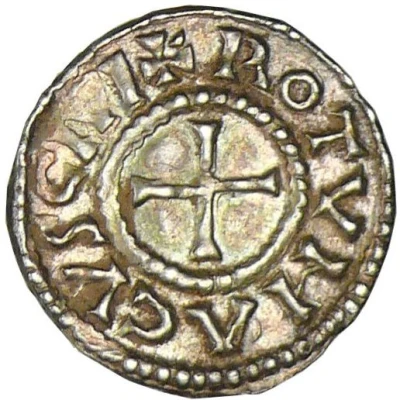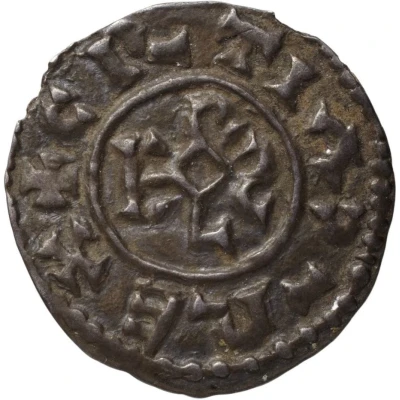
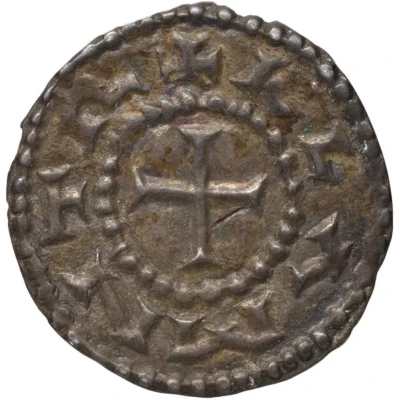

© Bibliothèque nationale de France / Gallica
Obol - Charles II Chelles monastery
| Silver | 0.77 g | - |
| Issuer | Kingdom of West Francia (Carolingian Empire) |
|---|---|
| King | Charles II the Bald (843-877) |
| Type | Standard circulation coin |
| Years | 864-875 |
| Value | 1 Obol (1⁄480) |
| Currency | Pound (840-987) |
| Composition | Silver |
| Weight | 0.77 g |
| Shape | Round (irregular) |
| Technique | Hammered |
| Orientation | Variable alignment ↺ |
| Demonetized | Yes |
| Updated | 2024-10-09 |
| Numista | N#342913 |
|---|---|
| Rarity index | 100% |
Reverse
Cross in a beaded circle, legend around.
Script: Latin
Lettering: ✠ KLΛ MNTR
Translation: Monastery of Chelles.
Interesting fact
One interesting fact about the Obol coin is that it was used as a form of currency during a time of great economic and political change in Europe, particularly during the Carolingian Renaissance. The coin was issued during the reign of Charles II, also known as Charles the Bald, who was the king of West Francia and the Holy Roman Emperor. Despite being made of silver, the Obol coin was not widely used for international trade due to its relatively low value. Instead, it was primarily used for local transactions and was often used as a form of payment for small goods and services. Despite its limited use, the Obol coin remains an important piece of history and a symbol of the economic and political changes that took place during the Carolingian era.
